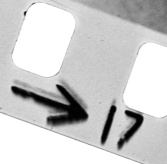 America is losing fans worldwide, but to describe Denis Freppel, I need a word. An Anglophile is a fan of England, its people and culture, just as a Sinophile is an admirer of everything Chinese, a Francophile; ditto for France. But what is the lover of Americana; an Americanophile, or perhaps a Yankophile? The Greeks’ philos (loving) doesn’t so easily fit, but Americophile would be more correct.
America is losing fans worldwide, but to describe Denis Freppel, I need a word. An Anglophile is a fan of England, its people and culture, just as a Sinophile is an admirer of everything Chinese, a Francophile; ditto for France. But what is the lover of Americana; an Americanophile, or perhaps a Yankophile? The Greeks’ philos (loving) doesn’t so easily fit, but Americophile would be more correct.
Photographs of American, mostly Los Angelean architecture, by which he is clearly fascinated, is presented by the Frenchman Denis Freppel (*1938) at The Auer Ory Photo Foundation,10 rue du Couchant, Hermance, Switzerland, Switzerland. Over nearly thirty years, he has photographed old and modern buildings, domestic, industrial and commercial, of the city and surrounding areas, much photographed just for the love of the distinctive architecture, others on commission in his professional practice.
In the meantime a prominent Australian architectural photographer continues his brashly titled exhibition John Gollings: The history of the built world until March 4 at Monash Gallery of Art, 860 Ferntree Gully Road Wheelers Hill, Victoria 3150
Freppel fed his love of things American at the American Cultural Centre at rue du Dragon in Paris…
…reading Hemingway and books on architecture, or at the Cinémathèque watching some of the great classics of American cinema of the 1940s–50s, directed by Howard Hawks, Otto Preminger, Raoul Walsh, Anthony Mann, Richard Fleischer, and others, featuring the camera work of James Wong Howe and, above all, John Alton. It may have been Walter Ruttmann’s 1927 silent film Berlin: Symphony of a Metropolis that, as a film buff, inspired me to photograph Los Angeles neighborhoods, combining reportage photography and architecture photography.
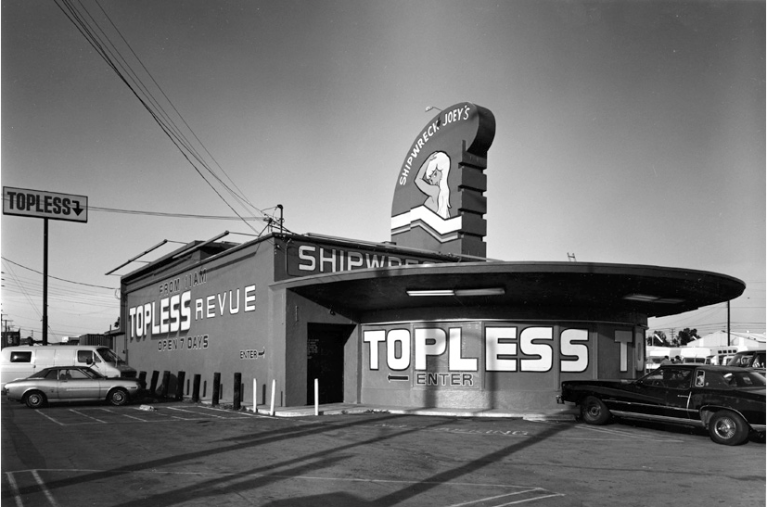
His technique is traditional in architectural photography; the use of large format Sinar monorail cameras in 4×5″ and 8×10″ formats, photographing usually in early morning (above) or late evening light when facades are illuminated, or with the sun at its zenith amongst the skyscrapers or to emphasise the landscaping.
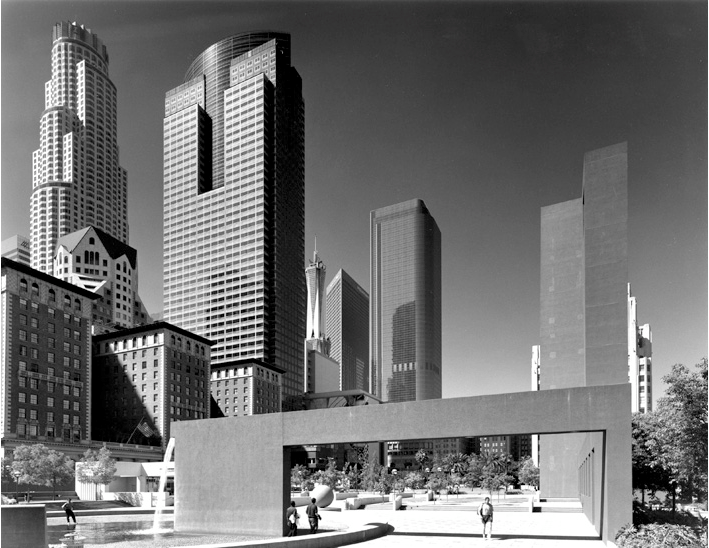

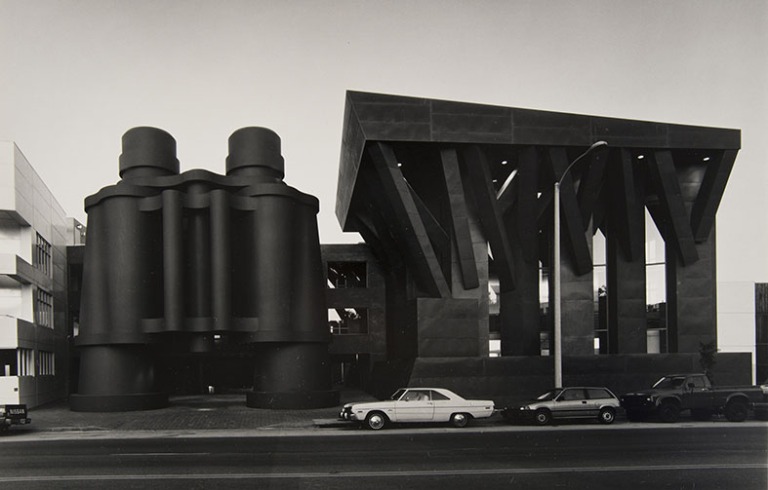
Much of his motivation for photographing the buildings of Los Angeles is preservation, like the classic art deco of year of his birth, like the Old Lane-Wells Co. building in South Soto Street below, which has now been restored;
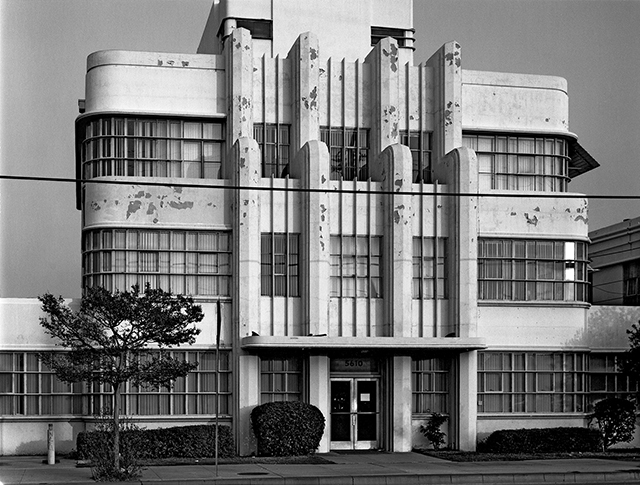
…pressure will inexorably lead to the loss of homes, factories … despite the efforts of the Los Angeles Conservancy. So I made this book [Los Angeles Architecture:1880-1940, Photographs by Denis Freppel Editions Gourcuff-Gradenigo, 2014] in part to illustrate with examples in Los Angeles but also to discover talented architects little known to the general public. For example I do not concern myself photographing houses by the well-known Greene brothers, except one in a poor neighborhood, but I had a great pleasure to photograph houses built by James Bradbeer and Walter Ferris, some located near the University of Southern California (USC) which are now divided into apartments and rented to students.
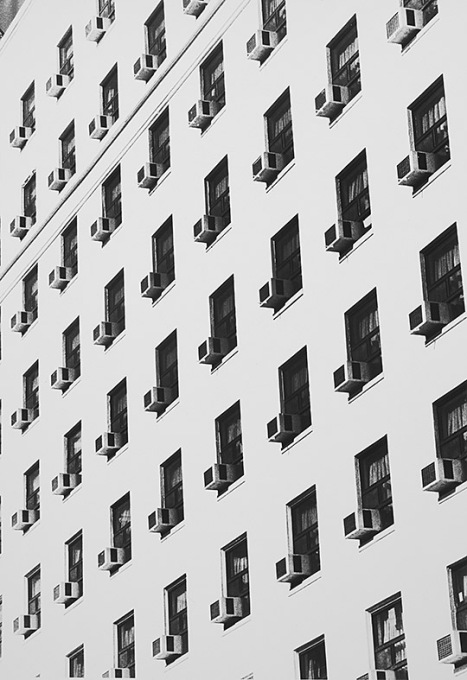
Freppel’s career began in the film industry and, in 1966 he graduated from the Motion Picture Division of UCLA (University of California Los Angeles) to become assistant film editor, then freelance cameraman and a sound man in 1967/8 for NBC in Saigon, covering the Vietnam War, then as SE Asian correspondent between 1969 and 1972.
As a photographer, in which he was largely self-taught he contributed photojournalism for magazines on unrest in Northern Ireland. After peregrinations from 1972 amongst Pacific islands and a series on Brittany and its shipwrecks (1979) he took up corporate photography before moving to Los Angeles in 1982.
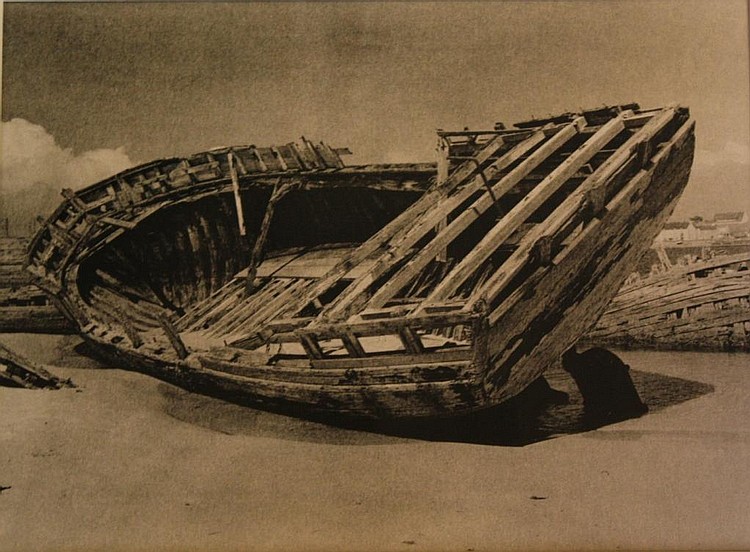 His is a pilgrimage to an idea of American architecture is largely unhindered by commercial considerations; “I have a feeling that it is impossible to complete the Los Angeles puzzle,” he confesses. Without preconceptions about Los Angeles, Freppel found that a “small cottage is as interesting to photograph as a prestigious building designed by a renowned architect.”
His is a pilgrimage to an idea of American architecture is largely unhindered by commercial considerations; “I have a feeling that it is impossible to complete the Los Angeles puzzle,” he confesses. Without preconceptions about Los Angeles, Freppel found that a “small cottage is as interesting to photograph as a prestigious building designed by a renowned architect.”
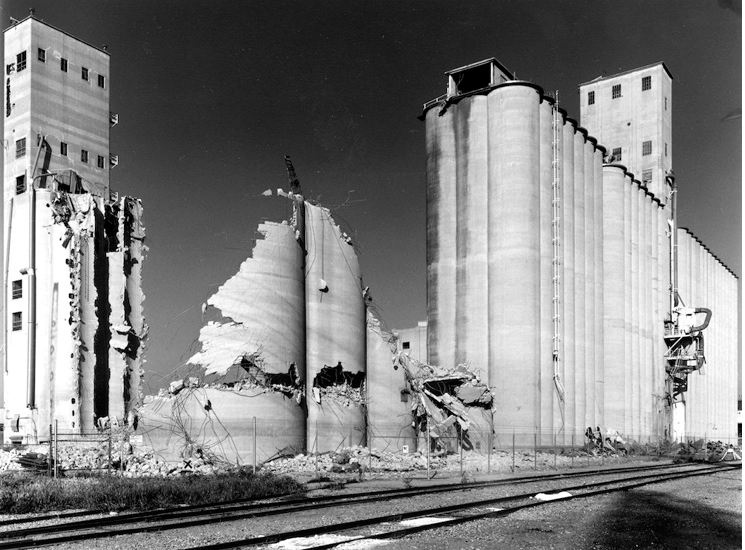
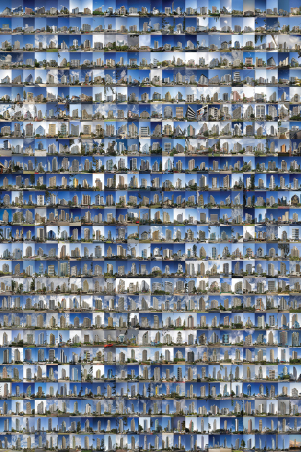
John Gollings’ five-year-old rephotography project of Australia’s Surfers Paradise on the Pacific Ocean in Queensland connects in a different way to Los Angeles, best illustrated by inclusion in the MGA show of a montage of Every high-rise on the Gold Coast (of which Surfers is a suburb). It comes from Gollings’ project to document every high-rise building on the Queensland Gold Coast,approximately 600 buildings, starting 2012 when “all construction has stopped due to impact of the financial crisis, providing a rare benchmark of a completed city.” The montage is representative of his searchable database covering height, date, building name, address and architects’ names, but it is also a reference to Ed Ruscha‘s 1966 Every building on the Sunset Strip.
Gollings’ Shooting Surfers Paradise: A Rephotography Project 1973-2013 paired images he took in the seventies, in a young man’s Arcadia, with those of the mature and accomplished architectural photographer he has become. A whole room of the MGA Gallery show is devoted to the Surfers imagery.
Placed one beneath the other, these photographs rub at each other to strip away the glamour of the remembered experience, just as time has worked on the famous Surfers to sharpen it to a glitz as hard as nails.
In The Australian Ugliness (1960), architect Robyn Boyd, in his humorous and penetrating account of Surfers Paradise, describes it as an extreme of the emerging ‘featurism’ he derides in Australian cities, calling it a ‘fibro-cement paradise under a rainbow of plastic paint’, he writes ;
You might call Surfers a sort of cream, or thick skin, skimmed off the top of Australia’s midcentury boom. It is rowdy, good-natured, flamboyant, crime-free, healthy, and frankly and happily Austerican.
In Gollings’ 2013 take on the city, the ugly power poles have vanished from the streets, and Spanish Mission has been replaced by high-rise tower. While the old Surfers was a pop-culture paradise, an unapologetically commercial tourist-oriented place, the new is far more brutal.
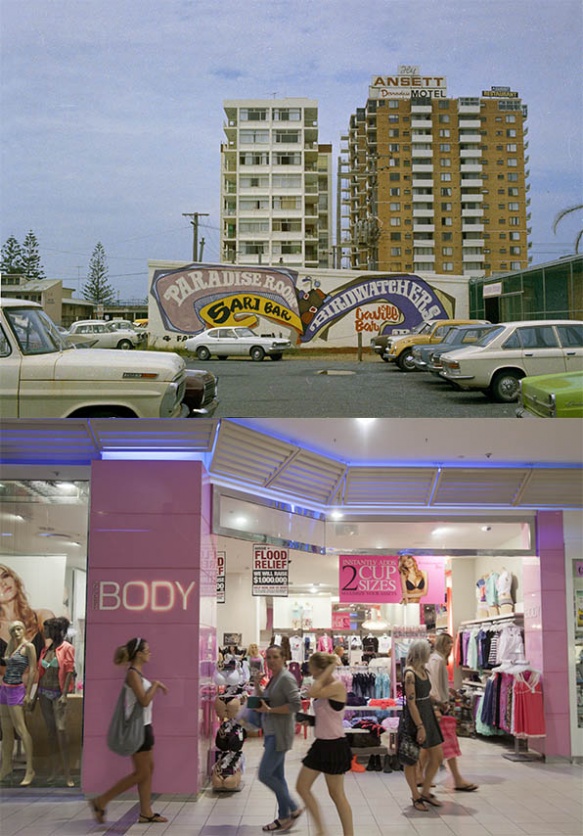
It’s a tidier place, but looks a little harder, and ironies embedded by Gollings within these pictures surface. The 70s brown-brick Ansett Hotel and the Birdwatchers bar and their carpark full of lean panelwork vanish, obliterated by an indoor view of an undergarment shop in a mall. The shop sign reads ‘Body’ in gleaming rounded bronze-plated caps in contrast with the pseudo-Art-Nouveau signwriting of the bar sign. Inside, the shop sports a Flood Relief Appeal poster next to a merchandising sign promising ‘two cup sizes’ as casually dressed female shoppers stroll by. The nature strip of the Golden Mile Flats is now a trampled sandpit in front of a much less friendly, blank facade.
Like Mark Klett, the doyen of the rephotography genre, Gollings is careful to shoot at the same time of day, though perhaps not as fastidiously in terms of seasonal chronology, as this reshoot appears to be at a different time of year; nevertheless the shadows obligingly stretch across the same strip of beach.
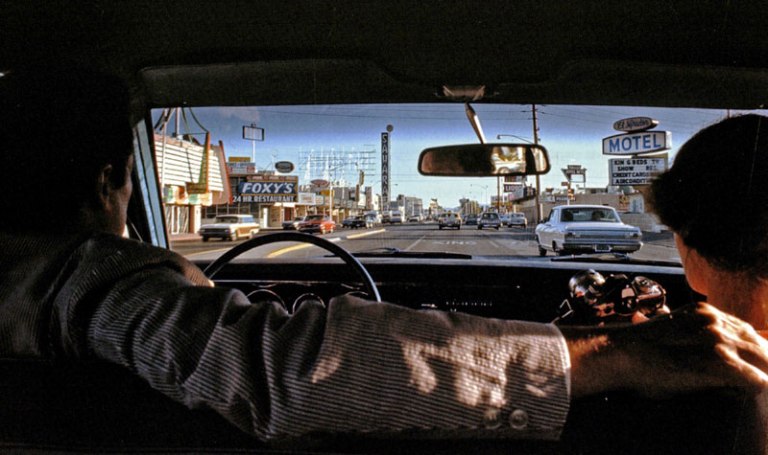
Behind this work, and driving both Gollings’ original excursion to Surfers to photograph, and this recent return, is the book Learning From Las Vegas: the Forgotten Symbolism of Architectural Form by Robert Venturi and his partner and wife Anne Scott Brown with Steven Izenour.
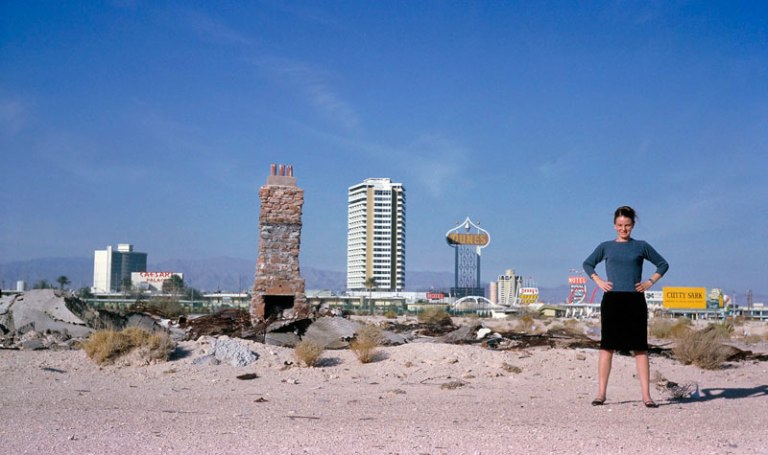
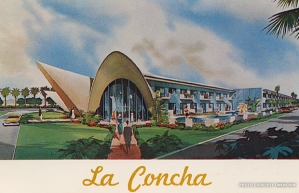
The book published studies of the Las Vegas Strip, undertaken with students in a research studio Scott Brown taught with Venturi in 1970 at Yale’s School of Architecture and Planning.
Informed by the newly published Learning From Las Vegas Gollings set forth with Tony Styant-Browne to find an Australian strip city with similar iconography to Vegas. Surfers suited their purpose perfectly and the project became their joint history thesis in their architecture degree. Gollings says that when he sat on the bonnet of a car while being driven down the street; “I unconsciously mimicked the Ruscha strips, it was another three years before I discovered his work.” The documentation “took a week, amid a lot of bad weather and a king tide that wiped out the beach.”
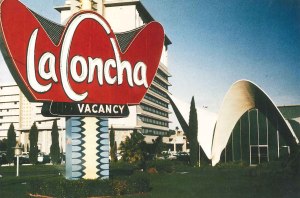
Learning from Las Vegas was based on an extensive research trip Venturi and Scott Brown undertook with their architecture students of Yale University in 1968. Documentation was detailed; hundreds of photographs and filming of the perspective of the urban landscape forced by travelling in a moving car, and the consequent inflation of signage, and conflation of signage and architecture that resulted, and for which they coined the terms “Duck” and “Decorated Shed” in a reassessment of the Modernist banishment of embellishment.This is a phenomenon to which Freppel is particularly attracted;
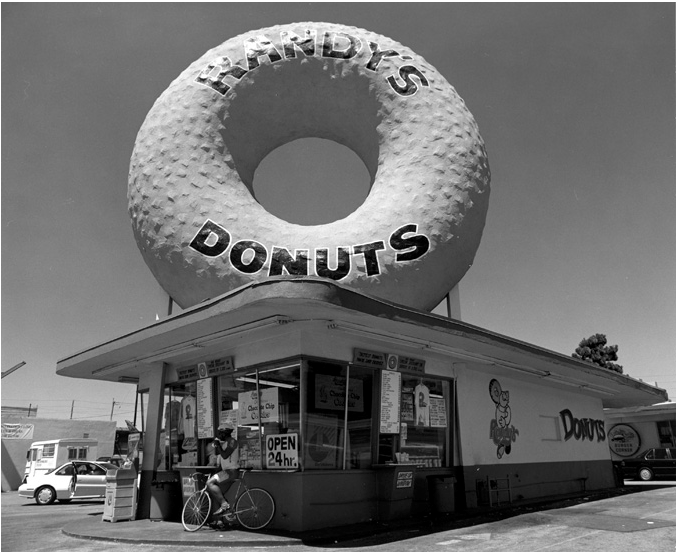
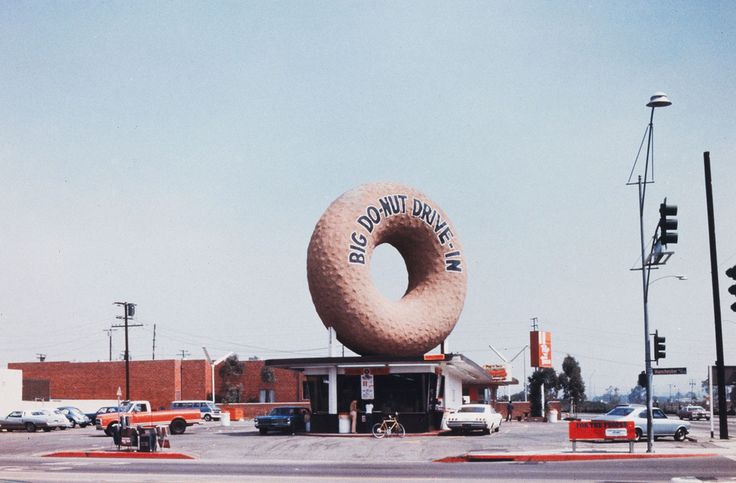
To be fair, Gollings‘ audacious exhibition title is justified, given that the Surfers Paradise rephotography is just a small part of the scope and range of his architectural subjects in the exhibition, too huge to encompass in a blog post: self-initiated projects cover the Khmer temples in Cambodia; Vijayanagara in India; traditional New Guinea; ancient Borobodur Prambanan Indonesia, Kashgar on the Silk Road, Xinjiang and Jiaohe City Turfan in China; Libya’s Graeco-Roman Berber cities; aerial shots of the aftermath of bushfire and open cut mines in outback Australia, as well as commissions for major architects Australian and international. All are photographed with panache, intelligence and with a rare sense of the setting and illumination.
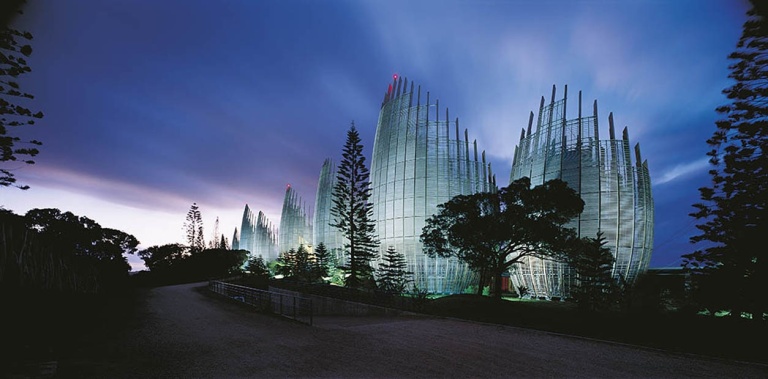
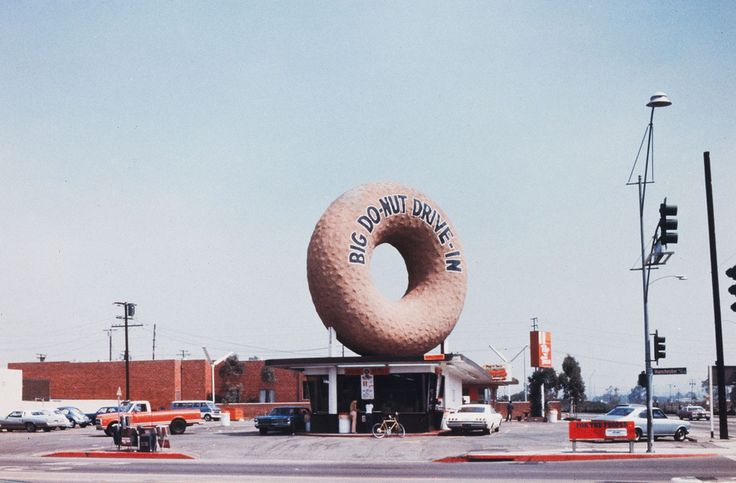

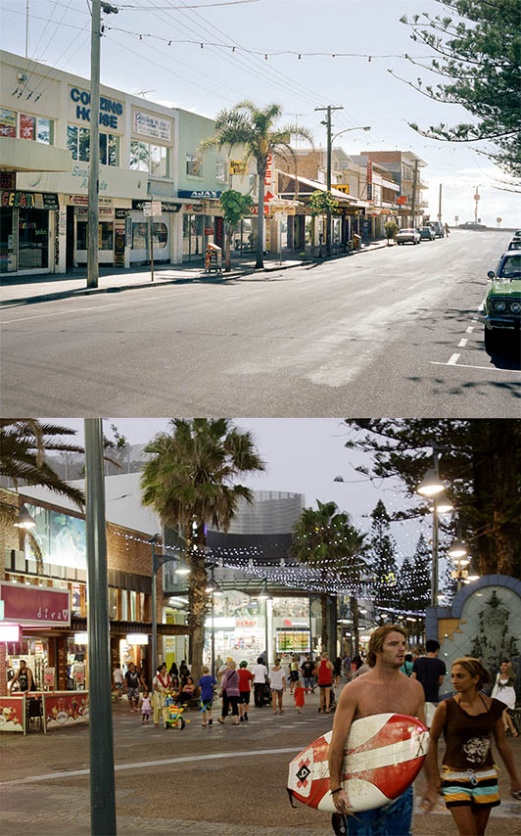

One thought on “January 17: Audacious”